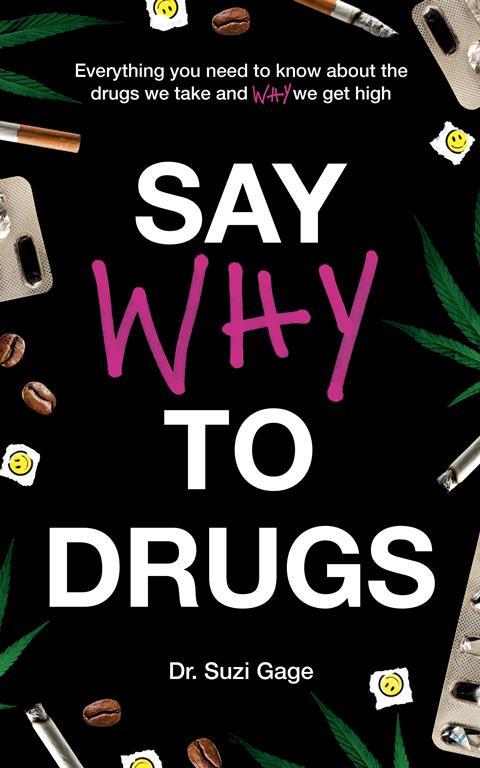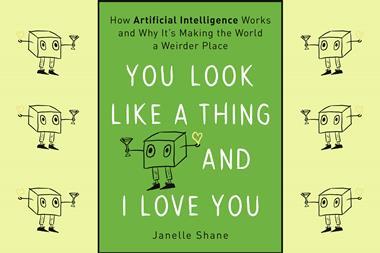Suzi Gage
Hodder & Stoughton
2020 | 352 pages | £16.99
ISBN 9781473686229

Before picking up this book, I’d never listened to Suzi Gage’s podcast Say Why To Drugs, so I went in blind as to exactly what to expect. What I ultimately found was an in-depth guide to all of the most well-known recreational drugs out there, backed up by up-to-date research from around the world.
The book comprises 24 chapters that each centre on a particular drug, peppered with mini-chapters discussing related topics like comedowns and the link between drug use and mental health. Chapters are then further broken down into sections on the drug’s short- and long-term effects, any potential medical uses, the important things don’t we know about it, and fact checking on some of the most common myths and misconceptions.
For me, the myth-debunking sections were by far the most compelling part of each chapter, particularly when discussing how each rumour came about. While the book is ostensibly about the effects drugs can have on us, a perhaps more overriding narrative is how we view drugs and those who take them. Gage explains at the beginning that she intends for the book to be unbiased and non-judgemental. It certainly avoids being critical of drug users and addicts, but it very clearly lays out an argument against the shame culture that surrounds drug use.
I will say that Say Why To Drugs can be a little heavy-going if you try to sit down and read it cover to cover in one go. Almost all of the drugs discussed fall into one of three categories (stimulant, depressant or psychedelic). There is quite a lot of repetition when considering each drug’s features, as drugs in the same category will typically share short-term effects, albeit on different scales. The structure of the book makes this type of repetition necessary, but it does make me think a better approach might have been to group these shared characteristics into their own chapters at the beginning, and leave each drug’s individual section to discuss its unique attributes.
This could also have made it possible for a more comparative approach; for instance, caffeine and amphetamines are both stimulants but have remarkably different properties. I think it would have be interesting to dive into the chemistry of why that is.
Regardless, the book is rich with well-informed and easy-to-follow information about the effects drugs can have on us and the risks associated with each of them. If you’re interested in finding out whether or not a rumour about a drug you heard is really true, or if you simply want to know a bit more about how drugs can affect our bodies, Say Why To Drugs will have all the answers you’re looking for.
This book features in our book club podcast, which you can listen to here.












No comments yet